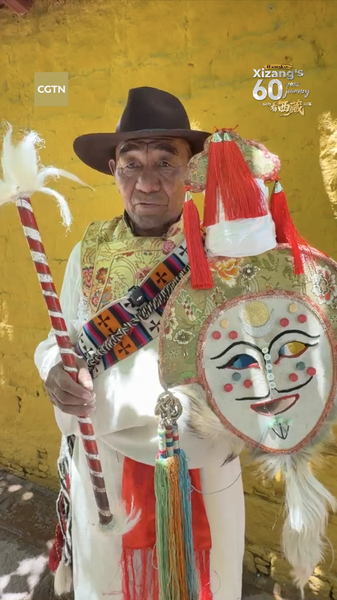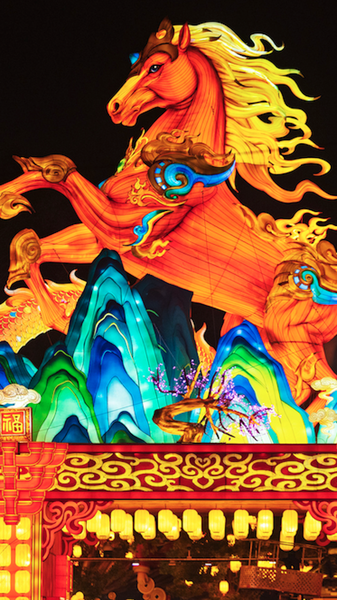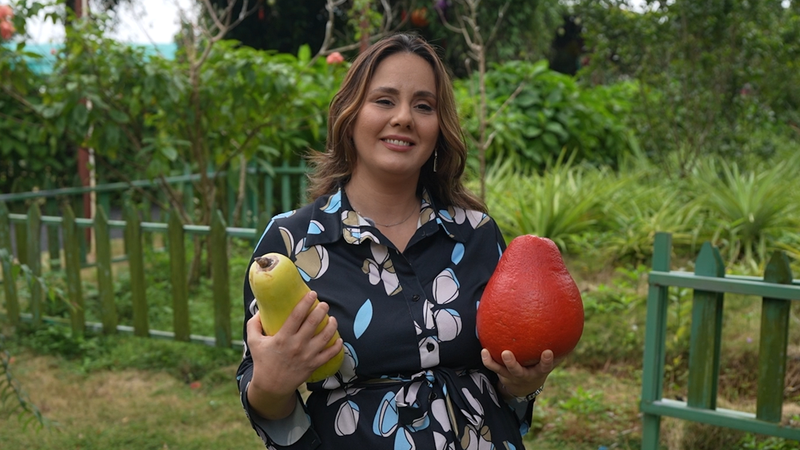Tibetan Opera is a centuries-old art form that intertwines folk songs, dances, stories, chants, acrobatics and religious performances from the Tibetan ethnic group into a single, vibrant spectacle. Each show carries a message of hope and happiness, reflecting traditions passed down through generations.
In 2009, UNESCO added Tibetan Opera to its Representative List of the Intangible Cultural Heritage of Humanity, highlighting its unique blend of artistic and spiritual expression. Since then, the opera has drawn global attention as audiences seek authentic cultural experiences.
Why It Resonates Today
For young global citizens navigating a digital world, Tibetan Opera offers a bridge to ancient traditions. Whether streamed online by tech-savvy travelers or explored firsthand by adventurers in Tibetan regions, the art form invites new perspectives on heritage and innovation.
Core Elements
- Folk Songs & Chants: Melodies that narrate myths and religious tales.
- Dances & Acrobatics: Energetic movements and stunning flips that animate stories.
- Storytelling & Costumes: Elaborate masks and robes that embody characters from folklore.
- Religious Rituals: Ceremonial chants and rites that add a sacred dimension.
The Path Forward
Thought leaders and changemakers see Tibetan Opera as more than performance—it’s a model for cultural preservation in a connected world. Entrepreneurs and students can draw inspiration from its resilience, while travelers can support local communities by attending live performances.
From its spiritual roots to its modern-day revival, Tibetan Opera stands as a testament to the power of art to unite past, present and future through shared stories of hope.
Reference(s):
cgtn.com




